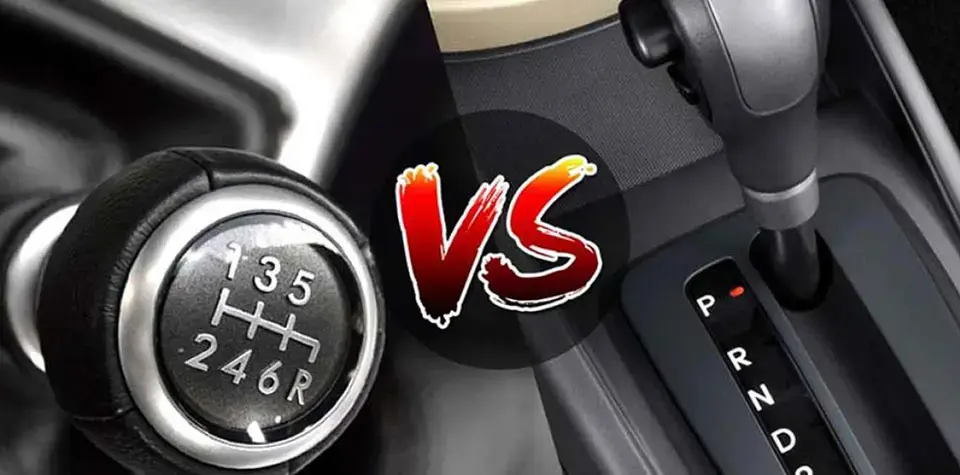
Manual vs. Automatic Transmission Vehicles? You may have already decided on the vehicle which you would like to purchase, however, you may be torn in between choosing a manual transmission and an automatic transmission model.
In such a case, the best thing to do is to put some of these differences into perspective by carrying out a comprehensive comparison of the options in order to ascertain which one suits all of your preferences best.
Manual transmission vehicles
Tend to be more work intensive taking into consideration the fact that they require the use of both feet in order to operate. Changing of gears is done using the gear shift or a specially designed handle usually close to the steering wheel. More specifically, in a manual vehicle one foot operates the gas while the other operates the clutch.
Take note, this gradual actuating and shifting of the clutch is usually done right until the car reaches its desired traveling speed. Usually, novice drivers are slightly disadvantaged since they tend to lose their attention on the road as a result of focusing more on how to operate the clutch and gas.
Automatic transmission vehicles
On the other hand are much simpler and easy to operate since they are designed to automatically shift through the gears until the vehicle reaches the desired traveling speeds. All that is required when driving an automatic transmission vehicle is shifting from park to drive.
In spite of the above, it is interesting to note that a car that is fitted with a manual transmission utilizes engine power slightly more efficiently compared to an automatic transmission vehicle. This is because the driver of a manual transmission car is always in control of the change in gears right until sufficient power is reached.
In automatic transmission cars, change in gears though done automatically, is usually very premature. As a result the car occasionally experiences difficulty in utilizing the engine’s full power.
It is equally worth noting that manual cars are more fuel efficient than automatic transmissions. This is mainly attributed to the fact that the driver assumes control of the shift in gear from one gear to the next. As a result full throttle acceleration is easily reached before the vehicle is shifted into the next gear.
Keep in mind, novice driver might not be able to realize the best possible fuel efficiency while driving manual transmission vehicles since they might still not be able to shift gears at the optimum moment. Even though automatic transmission vehicles shift gears prematurely which in turn does not allow the engine to reach its optimum power prior to making the switch to the next gear. The good news is, the fuel efficiency gap in automatic transmission is gradually closing thanks to technology advancements in the motor vehicle manufacturing industry. At the moment, most automatic transmission vehicles are being fitted with more efficient automatic transmission systems.
Another interesting fact about automatic transmission vehicles is the fact that they frequently require complex servicing. Servicing automatic transmission vehicles is very complex and labor intensive since there is an increased number of moving parts.
For instance, carrying out automatic transmission repairs is slightly costly compared to manual transmission repairs. Manual transmissions on the other hand are characteristic of a simple design plus they have fewer parts prone to mechanical failure.
In fact, with regular fluid change as well as making sure the engine is periodically inspected, chances of ever having to worry about replacing the clutch are ruled out. As a driver, this problem can easily be taken care of by simply modifying your gear shifting techniques.
In summary, it is imperative to focus mostly on the differences between the automatic and manual transmissions prior to deciding which ENGINE of car to buy. In addition to all of the above, also take into serious consideration the pricing as well as how you intend to use the vehicle and roughly how much it would cost you to maintain and make repairs to the vehicle.
Related Posts
- How To Make Sure You Have The Right Tyres For Your Vehicle
- Tire Maintenance and Safety Golden Rules
- Car Maintenance – Top 101 You Need To Know Today
- Top 3 Signs Which Show That Your Vehicle’s Engine Has Trouble
- Manual vs. Automatic Transmission Vehicles
- Engine Maintenance – For a Long Lasting Car
- Car Color Sheen – 7 Maintenance Tips
- How To Keep The Best Tyres For Your Car (7 Tyre Maintenance Tips)